Home>Gardening & Outdoor>Landscaping Ideas>How Long Does Fertilizer Take To Work On Grass
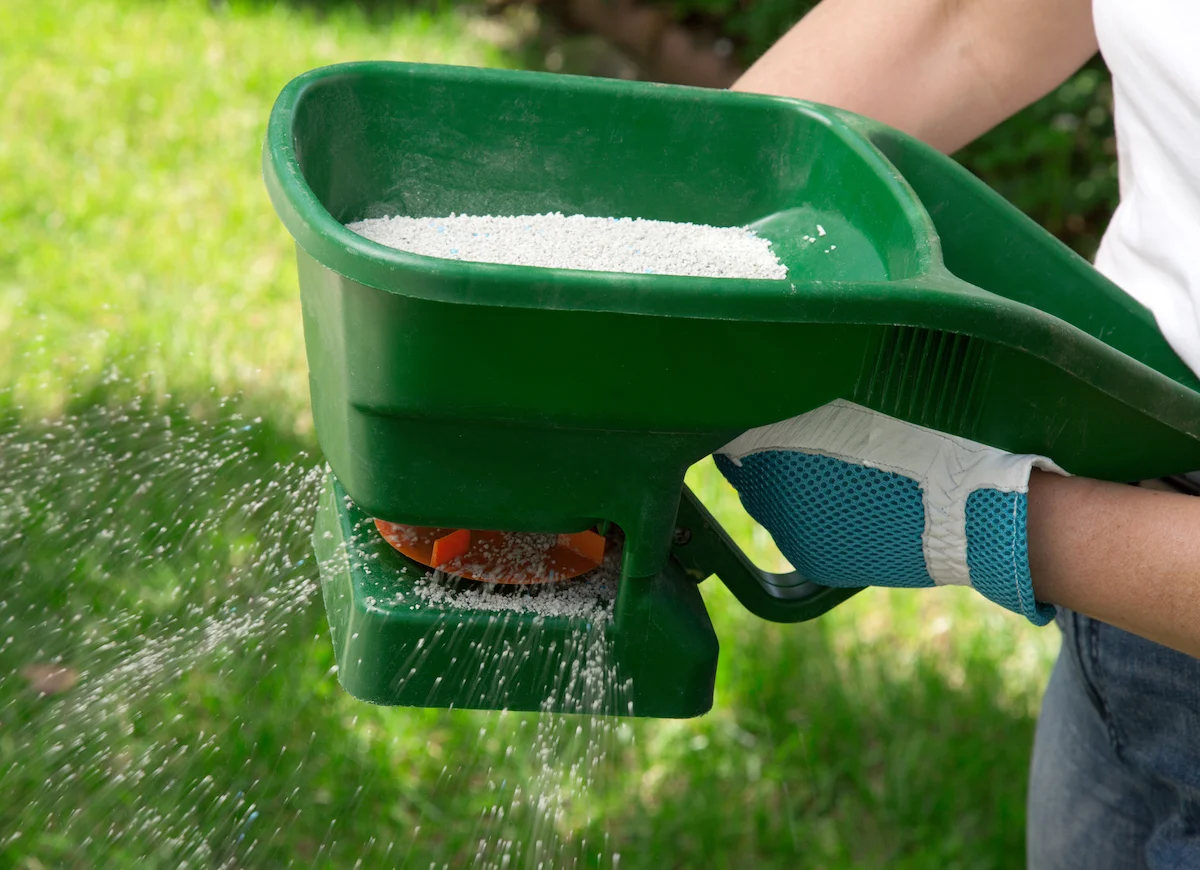

Landscaping Ideas
How Long Does Fertilizer Take To Work On Grass
Modified: March 27, 2024
Discover the timeline for fertilizer effectiveness on grass and get expert landscaping ideas to optimize your lawn's growth. Learn how long it takes for fertilizer to work and improve your landscaping results.
(Many of the links in this article redirect to a specific reviewed product. Your purchase of these products through affiliate links helps to generate commission for Storables.com, at no extra cost. Learn more)
Introduction
When it comes to maintaining a lush, vibrant lawn, the role of fertilizer cannot be overstated. Fertilizer provides essential nutrients that grass needs to thrive, promoting healthy growth, vibrant color, and improved resistance to pests and diseases. However, many homeowners are often left wondering, "How long does fertilizer take to work on grass?" Understanding the process of fertilizer absorption and its impact on grass growth is crucial for achieving optimal results in lawn care.
In this comprehensive guide, we will delve into the factors that influence fertilizer absorption, explore the different types of fertilizers and their absorption rates, and address the critical question of how long it takes for fertilizer to work on grass. Additionally, we will provide valuable tips for maximizing the effectiveness of fertilizer, empowering you to nurture a lush, verdant lawn that becomes the envy of the neighborhood.
Join us as we embark on a journey to uncover the secrets of fertilizer application and its transformative effects on your grass, empowering you to cultivate a lawn that exudes vitality and beauty.
Key Takeaways:
- Fertilizer absorption by grass is influenced by soil, water, temperature, and fertilizer type. Understanding these factors helps optimize fertilizer effectiveness for a lush, resilient lawn.
- Fast-acting fertilizers show quick results, while slow-release fertilizers provide long-term benefits. Strategic application and attentive lawn care maximize the transformative power of fertilizers.
Read more: How Long Does It Take For Fertilizer To Work
Factors Affecting Fertilizer Absorption
Several key factors influence the absorption of fertilizer by grass, ultimately determining the effectiveness and timeline of its impact. Understanding these factors is essential for optimizing the application and absorption of fertilizers, ensuring that your lawn receives the nourishment it needs to flourish. Let’s explore the primary influencers of fertilizer absorption:
- Soil Conditions: The composition and health of the soil play a pivotal role in fertilizer absorption. Factors such as soil pH, texture, and organic matter content can significantly impact the ability of grass roots to uptake nutrients from the fertilizer. Well-aerated, loamy soils with balanced pH levels facilitate optimal fertilizer absorption, promoting robust grass growth.
- Water Availability: Adequate moisture is crucial for the absorption of fertilizer by grass. Insufficient water can impede nutrient uptake, limiting the effectiveness of the applied fertilizer. Conversely, excessive moisture can lead to leaching, where nutrients are washed away before they can be absorbed by the grass roots. Proper irrigation practices are essential for maximizing fertilizer absorption.
- Temperature and Season: The ambient temperature and the time of year significantly impact fertilizer absorption. Warmer temperatures generally enhance the metabolic activity of grass, promoting increased nutrient uptake. Additionally, seasonal variations influence the growth patterns of grass, affecting the rate at which fertilizer is utilized for growth and development.
- Fertilizer Formulation: The composition and formulation of the fertilizer itself play a critical role in absorption. Different types of fertilizers, such as granular, liquid, or slow-release formulations, have varying absorption rates and longevity. Understanding the characteristics of the chosen fertilizer is essential for gauging its expected timeline of effectiveness.
- Grass Species and Health: The specific species of grass in your lawn, as well as its overall health and vitality, can impact fertilizer absorption. Different grass varieties have unique nutrient requirements and absorption rates. Additionally, stressed or diseased grass may have reduced nutrient uptake capabilities, affecting the overall effectiveness of the applied fertilizer.
By considering and addressing these influential factors, you can proactively enhance the absorption of fertilizer by your grass, setting the stage for a thriving and resilient lawn. With a deeper understanding of these variables, you are better equipped to harness the transformative power of fertilizers for the benefit of your grass.
Types of Fertilizers and Their Absorption Rates
When it comes to fertilizing your lawn, a diverse array of fertilizer types is available, each with unique characteristics and absorption rates. Understanding the distinctions between these fertilizers is crucial for making informed decisions regarding their application and expected timeline of effectiveness. Let’s explore the primary types of fertilizers and their respective absorption rates:
- Granular Fertilizers: These solid, pellet-shaped fertilizers are applied using spreaders, allowing for even distribution across the lawn. Granular fertilizers are designed to release nutrients gradually, providing a sustained source of nourishment for the grass. The absorption rate of granular fertilizers is influenced by factors such as soil moisture, temperature, and the specific formulation of the fertilizer.
- Liquid Fertilizers: Liquid fertilizers are dissolved in water and applied using sprayers, enabling rapid absorption by the grass. Due to their liquid form, these fertilizers can be swiftly taken up by the grass roots, leading to relatively quick results. However, the absorption rate may be influenced by factors such as soil moisture and the presence of surfactants to enhance penetration.
- Soluble Fertilizers: Soluble fertilizers are designed to dissolve easily in water, resulting in rapid availability of nutrients for the grass. These fertilizers are well-suited for addressing immediate nutrient deficiencies and promoting rapid greening of the lawn. However, their absorption rate can be impacted by watering practices and the presence of other chemicals in the soil.
- Slow-Release Fertilizers: These specialized fertilizers are formulated to provide a gradual, sustained release of nutrients over an extended period. Slow-release fertilizers offer the advantage of consistent nourishment for the grass, with absorption rates influenced by environmental factors and the specific design of the fertilizer’s release mechanism.
Each type of fertilizer offers distinct advantages and considerations regarding absorption rates and effectiveness. By selecting the most suitable fertilizer type based on your lawn’s specific needs and environmental conditions, you can optimize the absorption process, fostering robust and enduring growth for your grass.
Fertilizer typically takes 2-4 weeks to show visible results on grass. It’s important to follow the recommended application rates and water the grass after applying the fertilizer for best results.
How Long Does It Take for Fertilizer to Work on Grass?
The timeline for observing the effects of fertilizer on grass can vary based on several factors, including the type of fertilizer used, environmental conditions, and the health of the grass. While there is no one-size-fits-all answer to this question, understanding the general timeline for fertilizer effectiveness can provide valuable insights for lawn care enthusiasts.
For fast-acting fertilizers, such as certain liquid or soluble formulations, visible improvements in grass color and growth may be noticeable within a week or two of application. These fertilizers are designed to deliver rapid nutrient uptake, promoting swift greening and enhanced vitality in the grass. However, the duration of their effectiveness may be relatively shorter compared to slow-release fertilizers.
Slow-release fertilizers, on the other hand, are engineered to provide sustained nourishment to the grass over an extended period. While the initial effects of slow-release fertilizers may not be as immediately striking as those of fast-acting fertilizers, their long-term impact is substantial. It may take several weeks for the full benefits of slow-release fertilizers to become apparent, as the nutrients are gradually released and absorbed by the grass, fostering steady and enduring growth.
Environmental conditions, such as temperature, moisture levels, and sunlight exposure, also play a significant role in determining the timeline for fertilizer effectiveness. Warmer temperatures and adequate moisture can expedite the absorption and utilization of nutrients by the grass, potentially accelerating the visible effects of the applied fertilizer. Conversely, adverse conditions may delay the onset of fertilizer benefits, requiring patience and ongoing care to nurture the desired outcomes.
Furthermore, the health and resilience of the grass itself influence the timeline for fertilizer effectiveness. Healthy, vigorously growing grass with robust root systems is more adept at absorbing and utilizing nutrients from fertilizers, leading to swifter and more pronounced results. Conversely, stressed or compromised grass may exhibit a delayed response to fertilization, necessitating additional attention to restore its vigor.
By considering the type of fertilizer, environmental conditions, and the state of the grass, homeowners can gain a realistic understanding of the timeline for observing the effects of fertilizer on their lawn. Patience, coupled with attentive lawn maintenance practices, is key to nurturing the full potential of fertilizers and cultivating a thriving, luxuriant lawn.
Tips for Maximizing Fertilizer Effectiveness
Optimizing the effectiveness of fertilizer application is essential for achieving vibrant, healthy grass and a flourishing lawn. By implementing strategic practices and adhering to proven guidelines, homeowners can maximize the impact of fertilizers, ensuring that their grass receives the nourishment it needs to thrive. Here are valuable tips for enhancing fertilizer effectiveness:
- Soil Testing: Conducting a comprehensive soil test provides crucial insights into the nutrient levels and pH balance of the soil. By understanding the specific nutrient deficiencies and soil conditions, homeowners can tailor their fertilizer selection and application to address the grass’s precise needs, optimizing absorption and utilization.
- Appropriate Fertilizer Selection: Choose a fertilizer formulation that aligns with the seasonal and growth requirements of the grass. Consider factors such as nitrogen-phosphorus-potassium (N-P-K) ratios, micronutrient content, and release mechanisms to ensure that the selected fertilizer meets the grass’s nutritional demands while promoting efficient absorption.
- Proper Application Techniques: Follow recommended application rates and techniques provided by the fertilizer manufacturer. Whether using granular or liquid fertilizers, uniform and accurate application across the lawn facilitates consistent nutrient distribution and absorption, preventing over-fertilization or uneven growth patterns.
- Timing of Application: Coordinate fertilizer application with the grass’s peak growing seasons, considering factors such as temperature, moisture, and grass species. Applying fertilizers during periods of active growth enhances the grass’s capacity to absorb nutrients, maximizing the effectiveness of the fertilizer.
- Watering Practices: Ensure that the lawn receives adequate moisture following fertilizer application. Watering the grass lightly after fertilization helps activate the nutrients and facilitates their penetration into the soil, promoting efficient uptake by the grass roots.
- Maintain Mowing Practices: Regular and proper mowing of the lawn supports healthy grass growth and aids in the effective utilization of nutrients from the fertilizer. Avoid mowing immediately after fertilization to prevent nutrient loss and promote optimal absorption by the grass.
- Monitor Environmental Conditions: Stay attuned to weather patterns and environmental factors that can impact fertilizer effectiveness. Adjust fertilization schedules and practices in response to changes in temperature, precipitation, and sunlight exposure to optimize nutrient absorption by the grass.
- Consistent Lawn Care: Implement a comprehensive lawn care regimen that encompasses aeration, dethatching, and soil enrichment to create an optimal environment for fertilizer absorption and utilization. Healthy, well-maintained lawns are better equipped to reap the benefits of applied fertilizers.
By incorporating these tips into their lawn care routine, homeowners can harness the full potential of fertilizers, fostering robust grass growth, vibrant color, and overall resilience. Strategic fertilizer application, coupled with attentive lawn maintenance, lays the groundwork for a stunning and enduring lawn that captivates with its natural beauty.
Read more: How Long Does Grass Killer Take To Work
Conclusion
Embarking on the journey of nurturing a lush, vibrant lawn through strategic fertilizer application is a rewarding endeavor that holds the promise of transforming your outdoor space into a verdant oasis of natural beauty. By delving into the intricacies of fertilizer absorption, understanding the diverse types of fertilizers and their absorption rates, and unraveling the timeline for fertilizer effectiveness on grass, homeowners gain valuable insights that empower them to elevate their lawn care practices.
As we’ve discovered, the absorption of fertilizer by grass is influenced by a myriad of factors, including soil conditions, water availability, temperature, and the specific characteristics of the chosen fertilizer. By comprehending these influencers and adapting their approach to fertilizer application, homeowners can optimize the absorption and utilization of nutrients by their grass, fostering robust growth and resilience.
Furthermore, the timeline for observing the effects of fertilizer on grass is shaped by the type of fertilizer used, environmental conditions, and the health of the grass itself. Whether employing fast-acting fertilizers for immediate results or harnessing the sustained nourishment of slow-release formulations, homeowners can anticipate and nurture the transformative impact of fertilizers on their lawn, fostering enduring health and beauty.
Maximizing the effectiveness of fertilizers entails implementing strategic practices, including soil testing, appropriate fertilizer selection, precise application techniques, and vigilant attention to environmental and lawn care factors. By embracing these tips and integrating them into their lawn care regimen, homeowners can unleash the full potential of fertilizers, cultivating a vibrant, resilient lawn that becomes a source of pride and admiration.
Ultimately, the journey of nurturing a stunning lawn through the application of fertilizers is a testament to the harmonious relationship between attentive care and the bountiful gifts of nature. By fostering a deep understanding of fertilizer absorption and its transformative effects on grass, homeowners embark on a fulfilling odyssey that culminates in the creation of a captivating outdoor sanctuary, where the lush expanse of grass reflects the care and dedication invested in its well-being.
As you continue on your quest to cultivate a thriving lawn, may the knowledge and insights gained in this guide serve as steadfast companions, guiding you towards a landscape resplendent with the vibrant allure of healthy, nourished grass.
Frequently Asked Questions about How Long Does Fertilizer Take To Work On Grass
Was this page helpful?
At Storables.com, we guarantee accurate and reliable information. Our content, validated by Expert Board Contributors, is crafted following stringent Editorial Policies. We're committed to providing you with well-researched, expert-backed insights for all your informational needs.

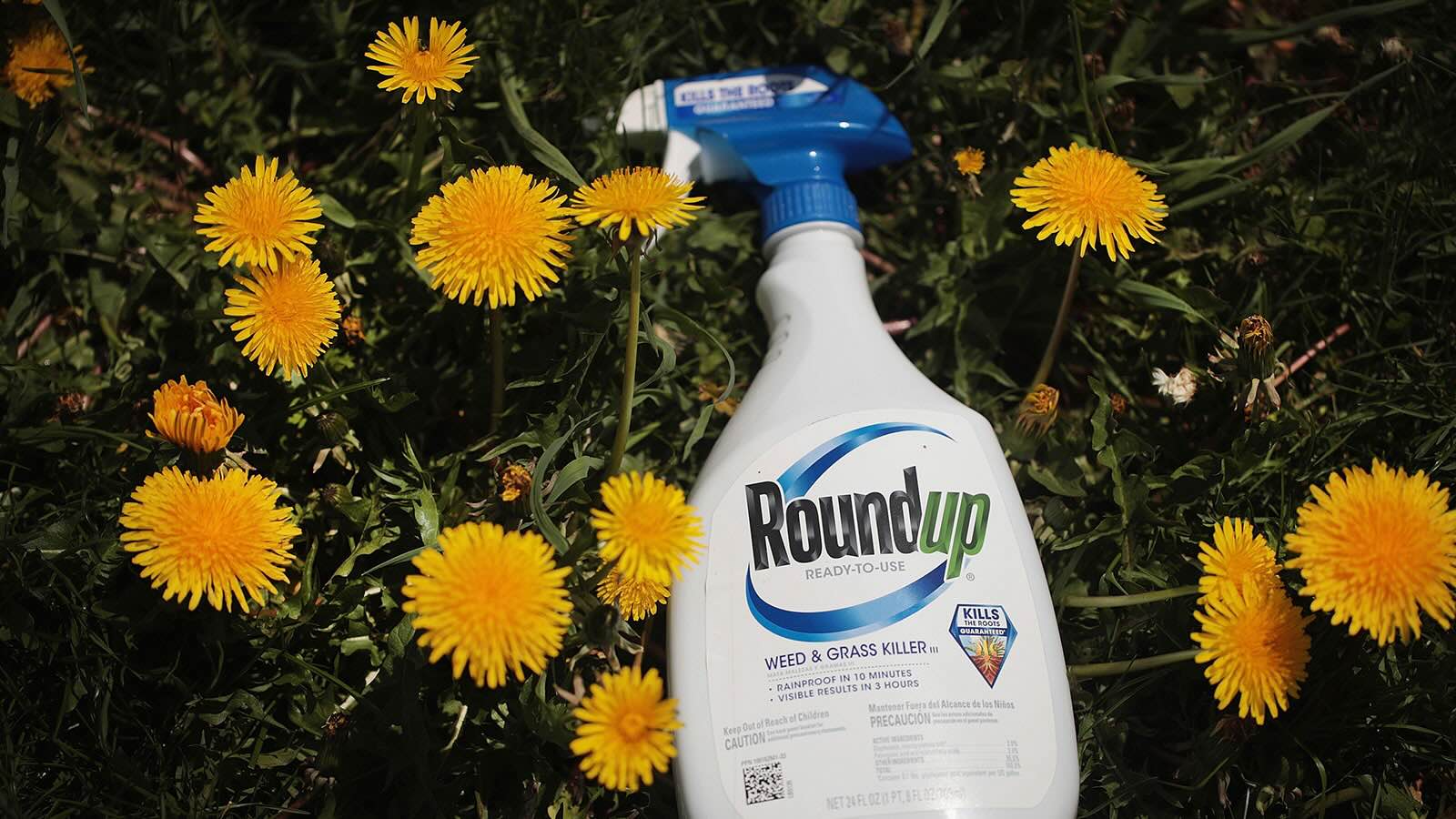

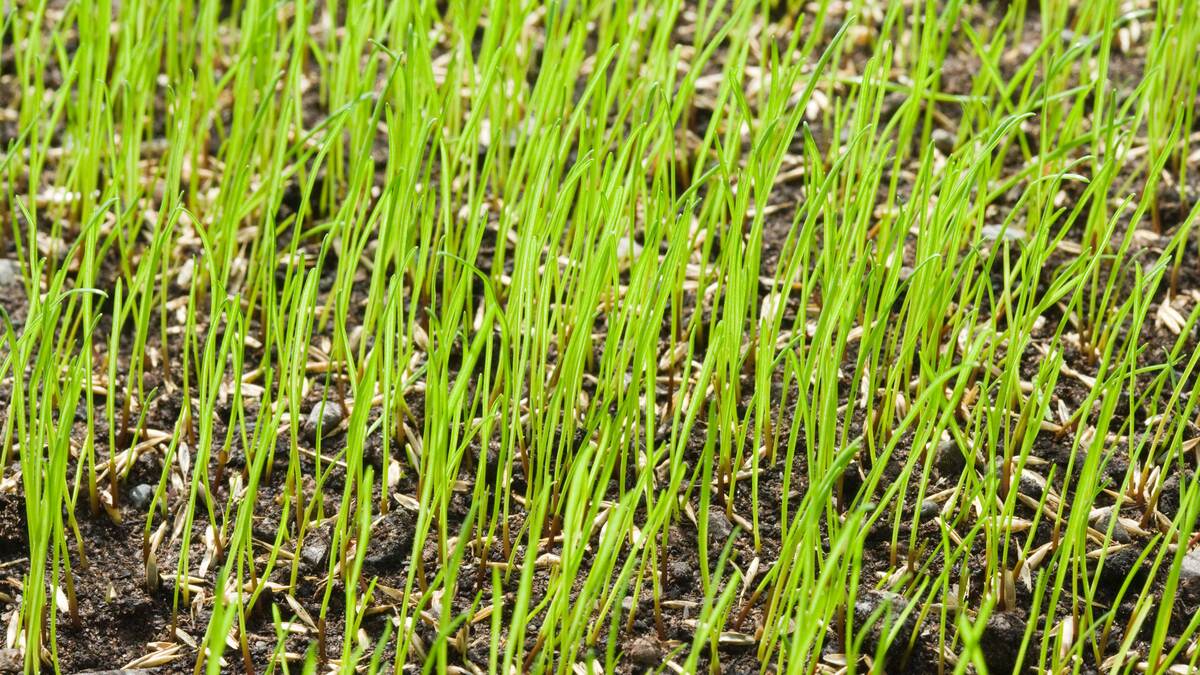
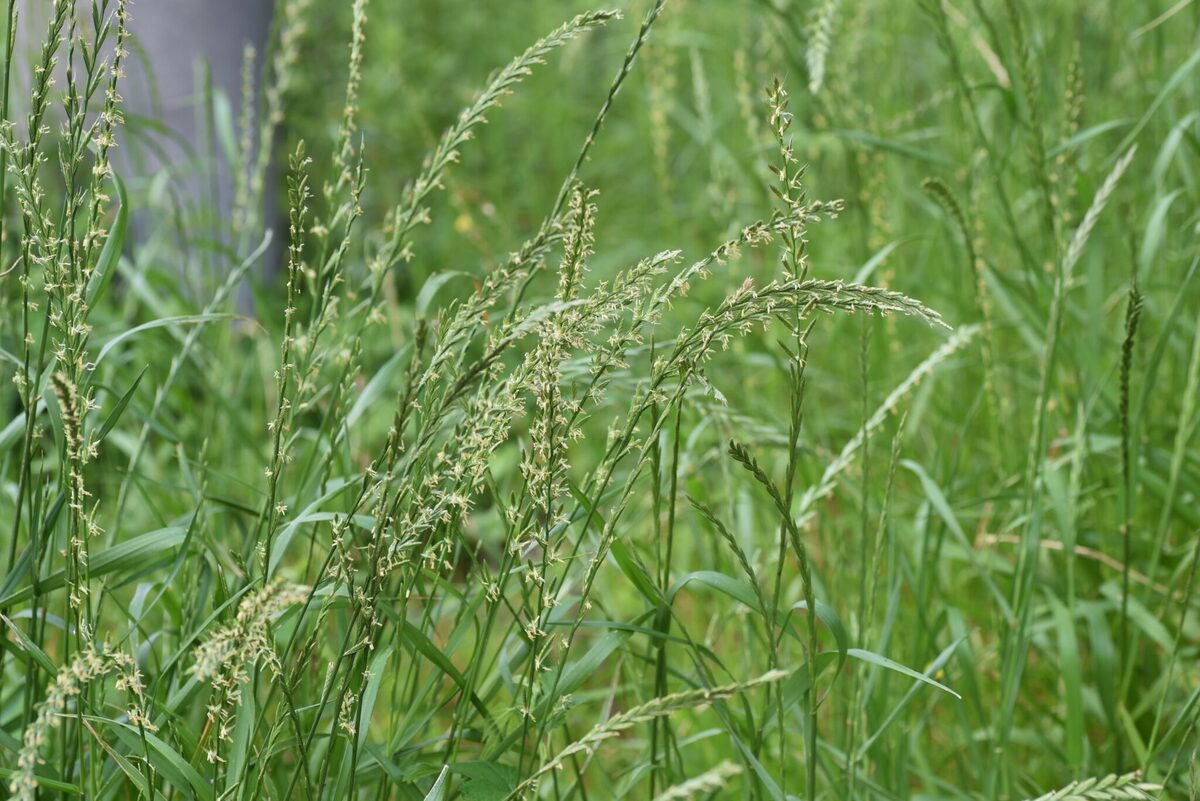

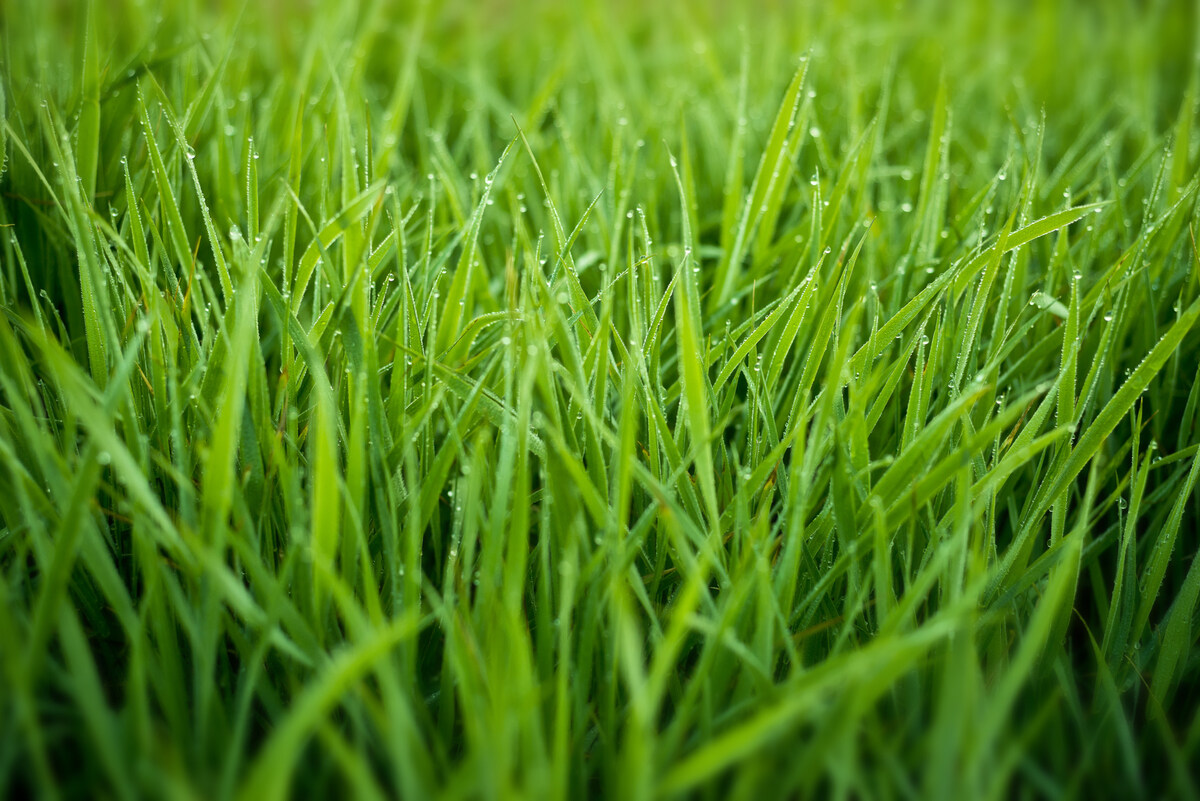
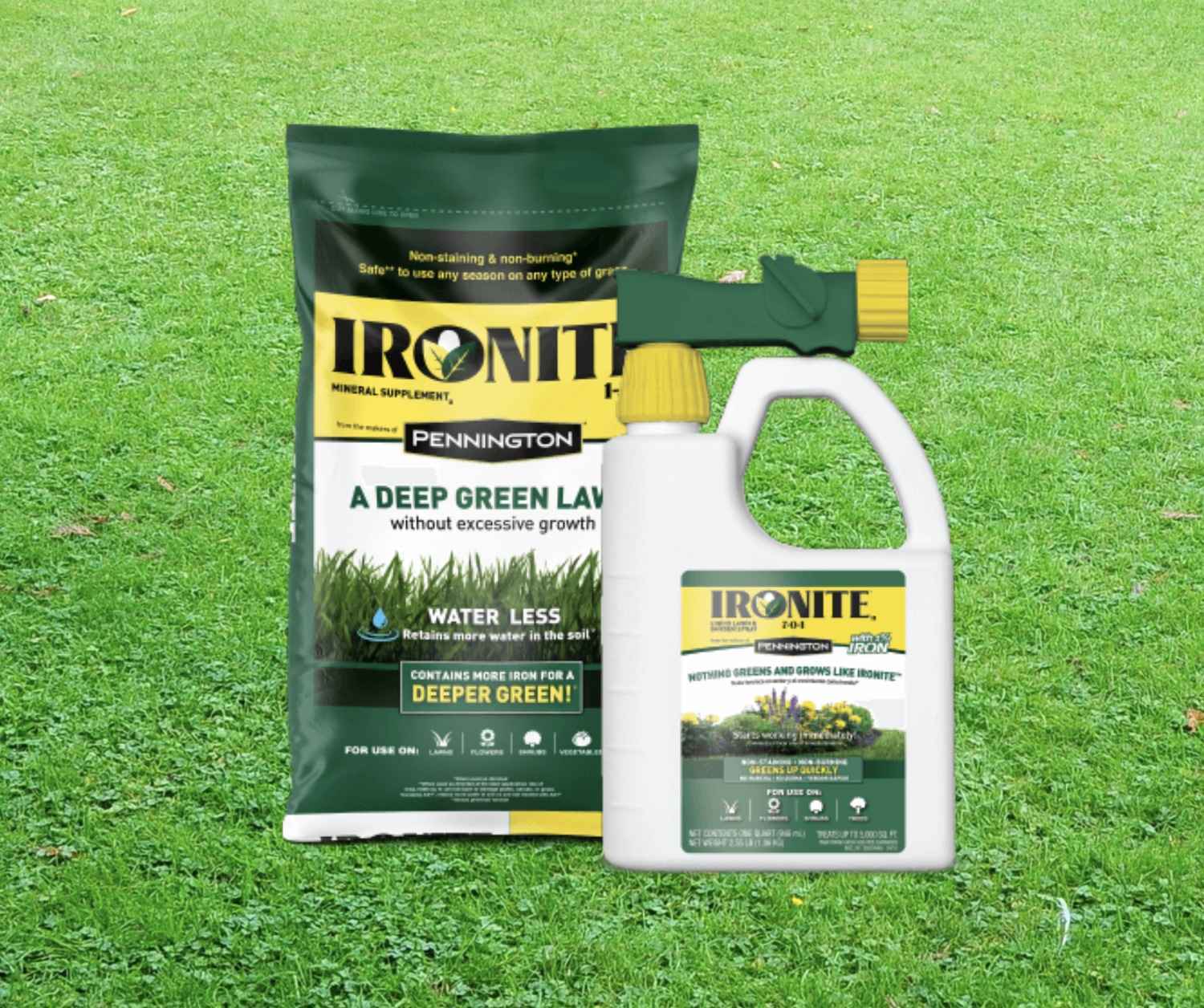




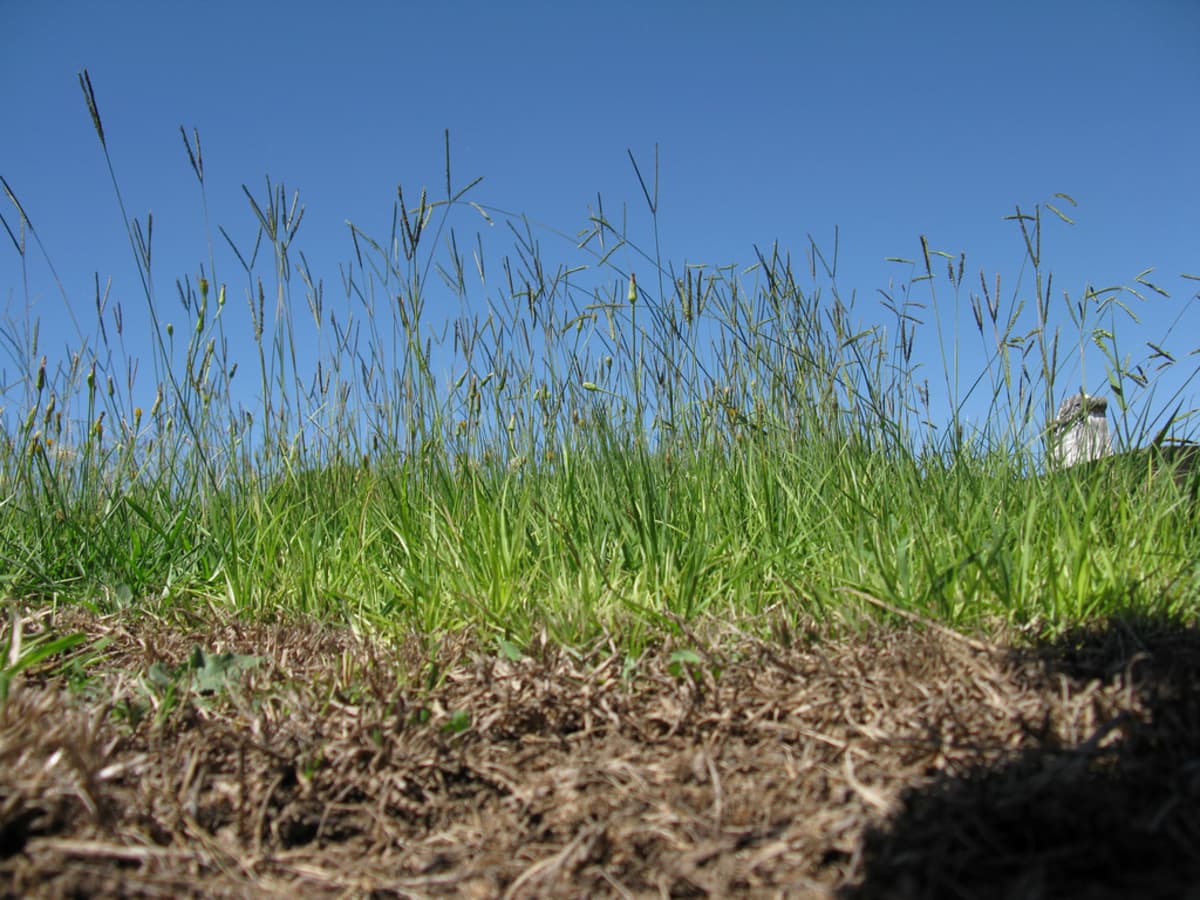


0 thoughts on “How Long Does Fertilizer Take To Work On Grass”